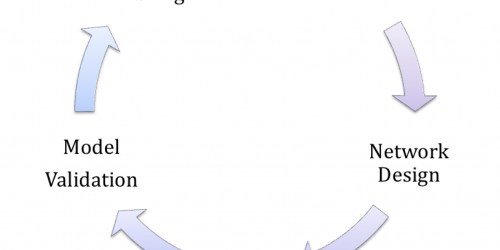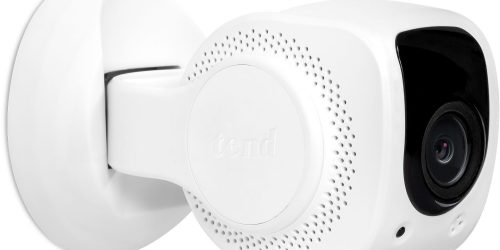“Leveraging Edge and Cloud for Visual Intelligence Solutions,” a Presentation from Xilinx
Salil Raje, Senior Vice President in the Software and IP Products Group at Xilinx, presents the “Leveraging Edge and Cloud for Visual Intelligence Solutions” tutorial at the May 2018 Embedded Vision Summit. For many computer vision systems, a critical decision is whether to implement vision processing at the edge or in the cloud. In a […]



